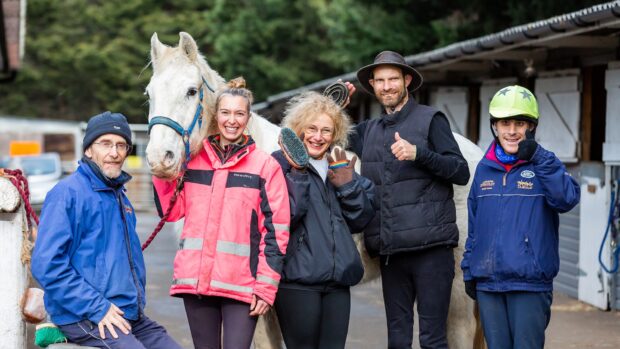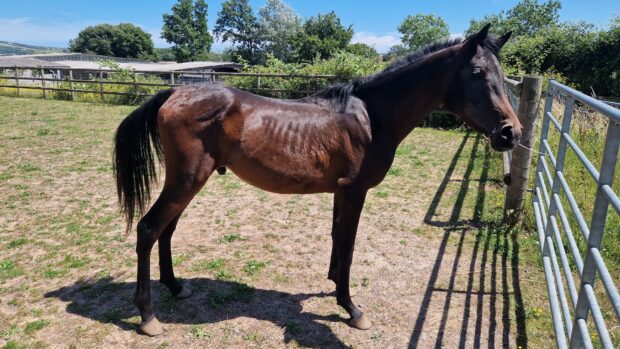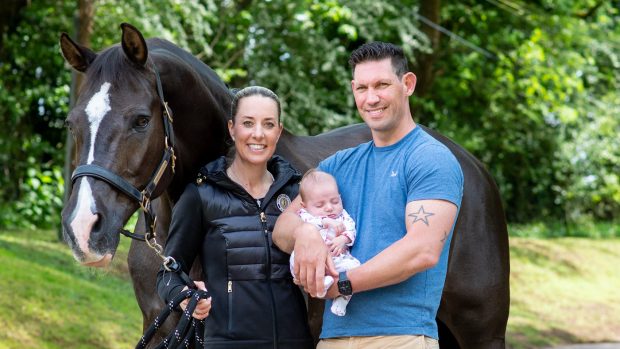A record rise in veterinary insurance claims could see the cost of cover rise
Equine insurance companies are reporting record leaps in the average veterinary claim over the past few years, which could push up the cost of premiums.
Costs have risen chiefly because of new diagnostic methods and treatment involving expensive equipment, as well as demand by horseowners for a quick cure.
One insurer’s average veterinary claim has soared from £500 to £1,000 in the past five years.
A spokesman for NFU Mutual, which says that it has more than a third of the equine insurance market, said: “Our average veterinary claim has risen annually by 17% to nearly £800 in the past three years. Our premiums went up 5% two years ago and 10% in 2001. We’ll be making another increase in the new year.”
Each price rise may seem slight, but long-term implications of spiralling claimsare a source of worry for vets, insurers and owners. If underwriters are forced to hike up the cost of cover, some owners may stop insuring their horses, and may therefore be unable to afford expensive diagnosis and treatment.
Procedures relatively new on the scene include scintigraphy (a type of bone scan measuring metabolic activity of the skeleton), which costs at least £500, and, less widely available, magnetic resonance imaging scans (MRI), which provide vets with information they cannot get any other way and cost hundreds of pounds.
John Walmsley, senior partner at the Equine Veterinary Hospital, Forest Mere, Hants, welcomes the technological advances but recognises the need to monitor the situation.
“In horses with no obvious cause of lameness, the cost of diagnosis can easily reach £1,000,” said John. “For instance, surgery for a twisted gut or a fracture can run to £2,000-£3,000.”
Jo Wright of insurance company Equestrian Direct also believes better co-operation is needed to keep premiums down.
“Increases will continue unless vets and insurance companies work more closely together,” she said.
|
Read the full story, plus more news in this week’s Horse & Hound (25 October), or click here to subscribe and enjoy Horse & Hound delivered to your door every week. |
Read more insurance stories:



